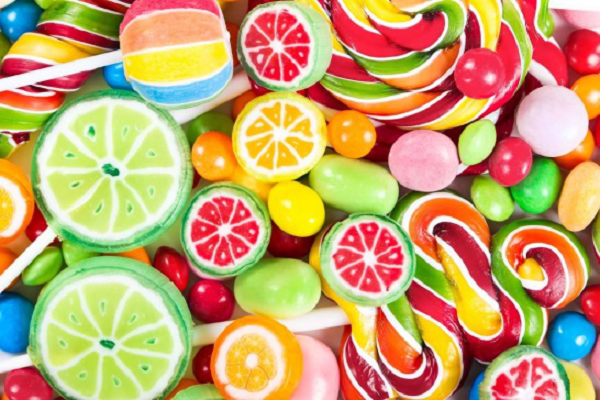"Algae" means that a large amount or all of the algae in the breeding water body died, causing the water color to suddenly become clear, become turbid, and even turn red (diatom). In the process of rearing white-tailed shrimps, because of sudden temperature changes or improper human management in summer and autumn, aquaculture water bodies are prone to “collapse of algaeâ€. Improper handling can lead to hypoxia, morbidity and massive death of shrimp ponds, causing some harm to aquaculture production. This case is combined with a case of “bottomed algae†in a white-tailed shrimp rearing pond. The disposal method is summarized as follows for your reference. Basic conditions The pond area is 15,667 square meters, and the water depth is 70 centimeters. At that time, 35 kilograms of shrimp have been seeded and no shrimp has been produced. When the algae fell, the transparency of the water was 60 cm, and the bottom of the pond was almost visible. The surface of the water floated a large number of dead green algae, and the surface of the water had been completely covered by the wind. Some species of shrimp struggle around the pond and suffer from symptoms of hypoxia and poisoning. Disposal methods and results Using the method of water inflow along the side of the drainage, replace the old water in the pond by 4/5 and turn on oxygen. The purpose of replenishing new water is to enable the shrimp to return to normal as soon as possible, while introducing the algae species to prepare for the next fertilizer. After changing the water, the whole pool of 210 bleach powder is splashed to kill the zooplankton and some of the algae in the water. After the disappearance of the chemical properties of the bleach powder the next day, bio-fertilizer was used to apply water and EM bacteria were applied to regulate water quality. On the third day, the water began to change. After 3 days, the water body returned to normal, the water color was yellow-green, and the transparency was 30 cm. There was no floating matter on the water surface and the shrimp began to feed. The reason to discuss why this case occurs "fall algae" is due to improper fertilization. The pond is an old pond. The silt in the pond bottom is more than ten centimeters thick. Farmers have applied 50 kg of agricultural compound fertilizer at the start of fertilizer and water, and the algae are multiplying. The weather was cloudy on that day and there was no wind at night. The dissolved oxygen in the water dropped, causing a large number of algae to die and causing "algae". Summary Aquaculture pond water quality management, to prevent the occurrence of "cold algae", to do the following: 1 fertilizer and water as far as possible not to use agricultural fertilizers, agricultural fertilizers in general high levels of ammonia nitrogen, although the effect is good, but not safe, we must try to use special aquatic products Biological fertilizers. 2 To change the timing of adding water, fertilizing, supplementing fertilizer, and conserving fertilizer, it is important to grasp the “degreeâ€. If conditions are available, protozoa should be killed first and then water should be used. 3 Frequently check the pH value and find that the pH is lower. Adjust it promptly with lime. 4 When it encounters rainy days, especially when the shrimp has a large size or a large density, it is necessary to turn on the oxygen aerator in time. In the event of "cold algae", the decomposition of a large number of dead algae will increase the consumption of oxygen, produce ammonia nitrogen and nitrite, must be disposed of in the first time, avoid blindly applying fertilizer, sediment reform and live bacteria, resulting in delays in timing, Increase the difficulty of processing.
The human tongue has a range of specific taste sensation neural receptors called taste receptors which are organized mainly as papillae on the tongue. When stimulated by chemicals, natural or synthetic, organic or inorganic, cations or anions, the receptors send signals to the brain which interprets the stimulations as sweet, bitter, sour, salty, and savory (unami, meaty taste). For examples, cations such as Na+ present in the table salt evoke the salty taste, and H+ presents in acids evokes a sour taste. Organic compounds such as sugars, dextrins and glycerol result in sweet taste, glutamate results in savory taste, while many toxic compounds such as nicotine, morphine, caffeine, quinine, etc. result in bitter taste. The sensation of tastes is an evolution trait for defense against poisons (normally evoke bitter taste), and for allowance of nutrients intake (normally evoke sweet or savory taste).
Sugar is a natural sweetener as well as a nutrient consumed in vast quantity around the world. It is one of the major calorie intakes by humans. Over consumption of sugar often leads to obesity and other related medical conditions. High blood sugar level (hyperglycemia) is a manifestation of the disease diabetic mellitus; if not managed properly, it could lead to a range of medical complications. To combat these medical conditions, high potency Sweeteners with no calorie or low calorie intake are often being used to substitute sugar. Proper control of calorie intake, coupled with the use of these sugar substitutes has been very effective in managing the medical conditions.
Besides the medical indications, using sugar substitutes brings the economic benefit of lowering the cost of many foods and consumer products, from soft drinks to cakes, pasties, and even toothpastes.
A variety of chemical compounds, natural or synthetic, can evoke sweet taste, but not all of them are safe (for example lead acetate has a sweet taste but it is extremely toxic), nor are sweet taste specific (for examples, many of synthetic sweeteners can also evoke other senses of taste such as bitterness or metallic sensation). Therefore, selection of the right sweetener for a specific use depends not only on the cost, but also more importantly on the health and safety, the sweetening potency, the effectiveness under various physical conditions such as cooking temperature (heat stability) and pH, as well as other unwanted tense of tastes of the sweetener.
At Sunshine Biotech, we have the expertise and technical know-hows to help you make the right selection for the right use.


Sweeteners
Artificial Sweetener,Stevia Liquid,Aspartame Powder,Neotame Powder
Nanjing Sunshine Biotech Co., Ltd , https://www.sunshine-bio.com

